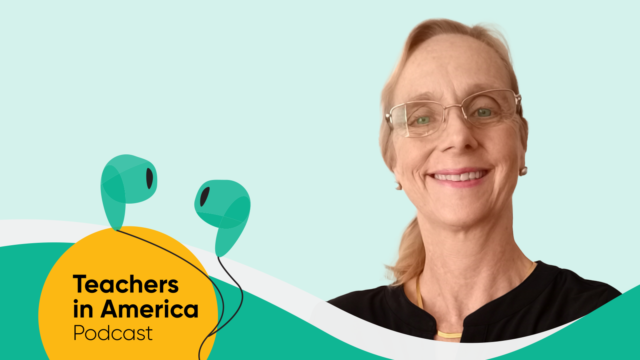
“It’s not that I’m so smart, it’s just that I stay with the problem longer.”
Albert Einstein knew that learning takes time; Emily Diehl and Dr. David Dockterman echo this sentiment in their webinars on Elements of Change. As Einstein demonstrated, putting in the time can have enormous benefits long-term, leading to not just a better understanding of the problem but also a better sense of how to solve it.
But what does this have to do with teaching? I suggest that as the complexities of education continue to deepen, it is worth taking the time to learn more about the science of learning so we are better equipped to tackle the challenges we face as educators. To help you with time management, I wanted to summarize some of the key learnings from this series of webinars that explore change through the lens of growth mindset, the brain science behind how we learn, and methods for adapting to changes in the classroom.
Emily Diehl and how to foster a growth mindset: learning zones vs. performance zones
Emily kicked off the webinar series with a discussion of “Fostering a Growth Mindset,” the understanding that you can improve and get better. She offered ways to foster a growth mindset, including suggesting that teachers and administrators create an environment that allows individuals to feel like they belong and have a place within the learning community, so they do not feel embarrassed or ashamed of making mistakes. She offered a practical way to do this is by setting up different “zones,” i.e. learning zones versus performance zones. In other words, students thrive when they have dedicated time for experimentation and permission to make mistakes, as opposed to taking a test or quiz to demonstrate mastery of a concept.
Dr. David Dockterman and how to understand the learning process: whole brain mathematics
David hosted “Focus on What Matters Most: Whole Brain Mathematics,” and explained that the brain operates as a committee that is made up of numerous smaller subcommittees. David explored how the different subcommittees – such as the linguistic or emotional subcommittee—may impact the way a student learns math. David suggested that it is important to first help students build a strong foundation for math learning by developing a learning mindset in order to help them progress to more advanced mathematics.
Of course, this is easier said than done. To put himself in the shoes of a student learning something completely new, David shared an anecdote of learning how to fly-fish. My colleagues and I were all interested in how he would make this story work. At first, he was frustrated by not being immediately successful. A friend, a former teacher, reminded David that when students are struggling to master the material in a classroom, just as David was struggling to master fly-fishing, “sometimes it just takes time.” I am drawn to this story because it is a great reminder of what it is like to be introduced to something new and the learning process one goes through while mastering a task – a process that takes time.
Treve Brinkman and Nikki LaLonde and how to use the Instructional Practices Inventory: characteristics of a model classroom
Treve and Nikki wrapped up by providing an interactive discussion on “Teacher as Force Multiplier.” The pair presented the Instructional Practices Inventory (IPI) tool while walking through math class scenarios and offered practice for using the IPI, which can be used to identify areas for student growth and improvement. Treve and Nikki note that the IPI is a tool that can be used in schools right away. For example, it can be used while observing or walking through classes to compare and contrast individual classrooms with the characteristics of a model classroom as laid out in the IPI.
With a growth mindset, change offers more opportunities to grow and learn, whether it be in school or at home. Each of these webinars is applicable not only to math instruction, but also to everyday life. Take some time to explore the work of Emily, David, Treve, and Nikki and see what there is to learn about change and how you can apply their expertise to your work and life. And as you balance your busy professional and personal lives, don’t forget to…
… take time to smell the roses (or eat a banana).
-From the World of Curious George
Related Reading












